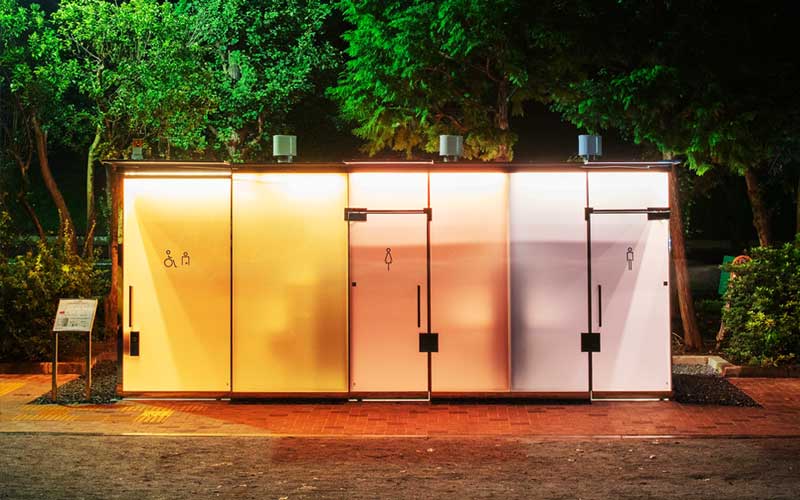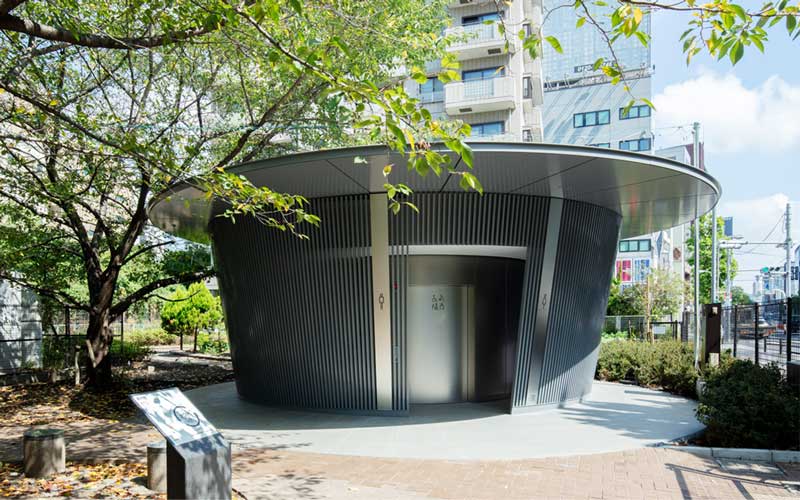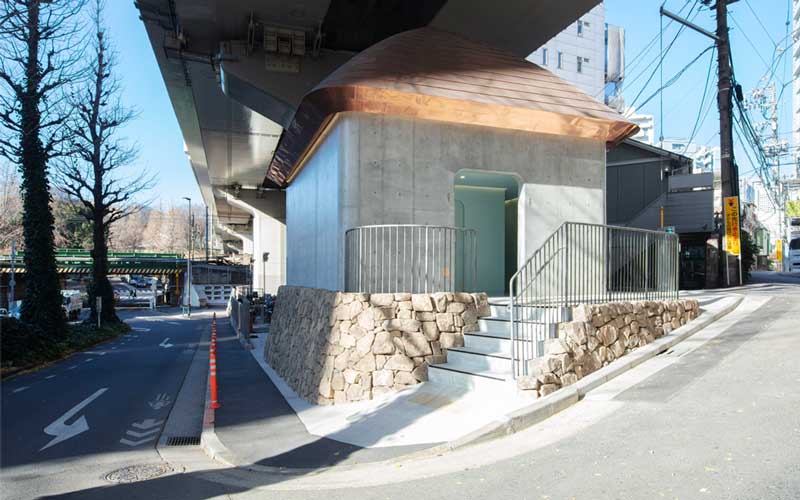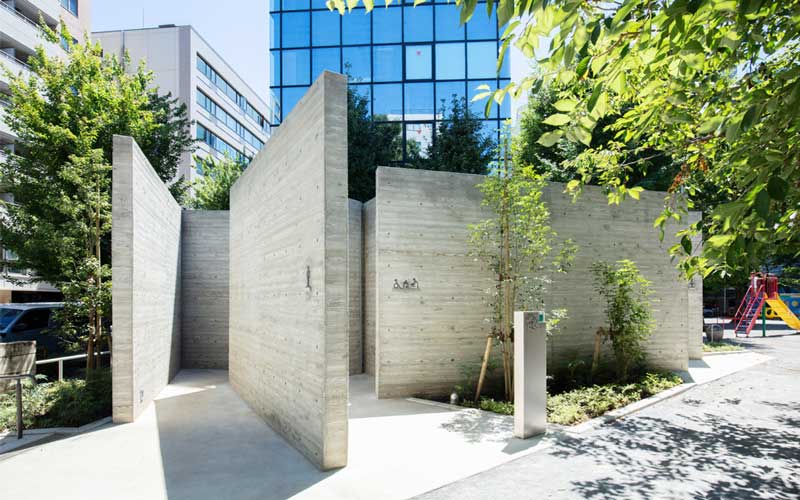
Wandering the streets of most cities, we are easily attracted to certain aspects of urban design – sleek skyscrapers, spectacular museums, cutting-edge train stations perhaps. But one type of crucial public space is often overlooked: the public toilet. While clean, functioning, well-located public restrooms seem essential to modern cities, in many places they have been undervalued, not only in terms of design but their construction, accessibility and maintenance. However, a revolutionary new project in Japan is bringing this “invisible” infrastructure into the spotlight with the aim of elevating the importance of toilet design worldwide.
Founded and financed in 2018 by Koji Yanai and coordinated by The Nippon Foundation ever since its launch in 2020 with Shibuya City, THE TOKYO TOILET Project invites world-acclaimed architects and artists to reinvent public toilets in the city as sites of creativity, community, and belonging. The project has so far spurred the creation of 17 new toilets by 16 creators in the Shibuya district, each with distinctive aesthetics and features that have already made the project a viral sensation and a tourist destination.

While Japan’s public toilets (not to mention the country’s TOTO toilets and other bathroom innovations), have in fact long been considered impressive by overseas visitors, Japanese domestic perception is that urban toilets have been in decline in recent years. One key motivation for the project was the realization that many people hesitate to use public toilets due to concerns about cleanliness and safety – as well as accessibility for the elderly, children, and those with disabilities. By creating beautiful, well-maintained, and highly accessible facilities, THE TOKYO TOILET aims to address these challenges and also break down the stigma around public toilets in general. In addition, the project seeks to make the toilets welcoming and even “fun” through eye-catching design and community-based maintenance.

While all 17 of the renovated toilets around Shibuya share an emphasis on accessibility across gender, age, or disability status, they are wildly unique in terms of form and concept, bearing the stylistic signatures of their makers. Two early toilets inaugurating the project were by architect Shigeru Ban in Yoyogi Fukamachi Mini Park and Haru-no-Ogawa Community Park, who created a toilet concept that is transparent from the outside when empty, but then turns opaque when a guest steps inside. This widely photographed “transparent toilet” is not only visually inventive, with a clever integration of lighting, color, and motion sensors, but it’s also a dynamic way to address concerns around public safety.
With a different theme, the toilet envisioned by Kengo Kuma in Nabeshima Shoto Park was guided by the architect’s principles of sustainable design and energy efficiency, and utilizes reclaimed wood in multiple stand-alone toilet huts set amongst greenery (Kengo Kuma is also the designer of JAPAN HOUSE Sao Paolo, and was featured in a previous JAPAN HOUSE Los Angeles webinar which can be viewed online). Kuma has described his contribution as a “‘public toilet village’ that is open, breezy, and easy to pass through, a design appropriate for the post-pandemic times.”
Sou Fujimoto has embraced an even more playful design concept, taking a cue from the symbolism of “circulating water” and the nature of a “vessel” that can serve everyone. (Sou Fujimoto’s work was previously featured in the JAPAN HOUSE Los Angeles retrospective exhibition “Sou Fujimoto: Futures of the Future”). Visually witty, Fujimoto’s restroom is shaped like a giant white washbasin. The sinks are public-facing as a way to enhance community interaction – more like a European fountain in a public square.
Other designers, from the iconic Tadao Ando, to the streetwear legend NIGO🄬, to the British designer Marc Newson, have also approached their commissions with thoughtful attention to the needs of the public as well as charming, witty, or even awe-inspiring aesthetics, asking: why can’t the “practical” also be delightful?
The aspect of community is key, and from the start THE TOKYO TOILET project has been actively engaging with local neighborhood associations, residents, and businesses to integrate the toilets into their surroundings. They have also proved inspirational to visitors from near and far – including the renowned German filmmaker Wim Wenders whose latest film, “PERFECT DAYS” (2023), is set at one of the project’s toilets. Starring Koji Yakusho as a middle-aged man who works there as a janitor, the film emphasizes the importance of these toilets in the urban landscape and to the people who interact with them.
As THE TOKYO TOILET project continues to evolve, it stands as a testament to the power of visionary design and unorthodox urban planning. With the unveiling of each new toilet facility, this initiative will hopefully inspire cities everywhere to re-imagine and re-invest in that humble yet essential feature of urban life – the public toilet.
All Photo Credits: Satoshi Nagare, provided by The Nippon Foundation















